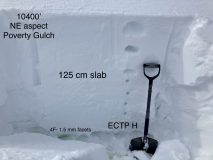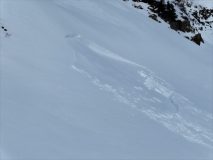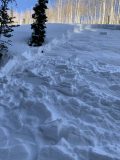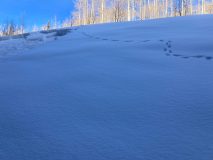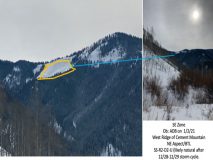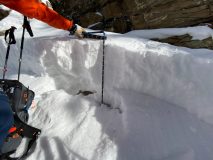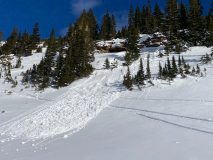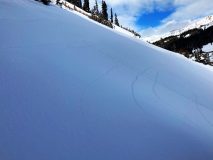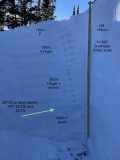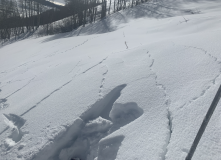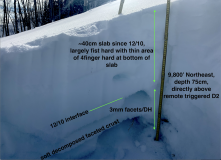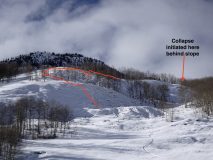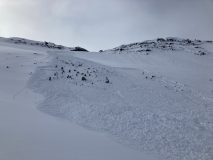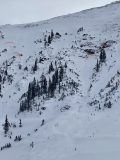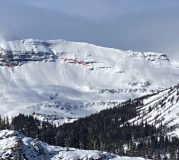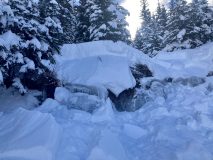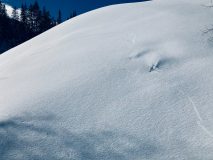Date of Observation: 01/02/2021
Name: Ben Ammon
Zone: Southeast Mountains
Location: Snodgrass
Aspect: North, North East, East
Elevation: BTL
Weather: Winds calm to light BTL
Skies clear to scattered
Snowpack: Still observed multiple collapses but some much more stubborn than in past days. One collapse occurred while the group was taking a break, and people were standing and moving around, and then someone found the right spot and the whole meadow dropped.
We dug at 10,900 feet on a NE aspect that was very sheltered and near the dark timber.
HS 80cm 35cm F hard FC, 20cm 1F- mixed forms (12/10 storm), 25cm F-4F DF/FC (12/28 storm)
CT19 down 25cm (12/10 interface) and CT25 SC down 45cm (Nov FC)
ECTN29 down 45cm
ECTN24 down 45cm





